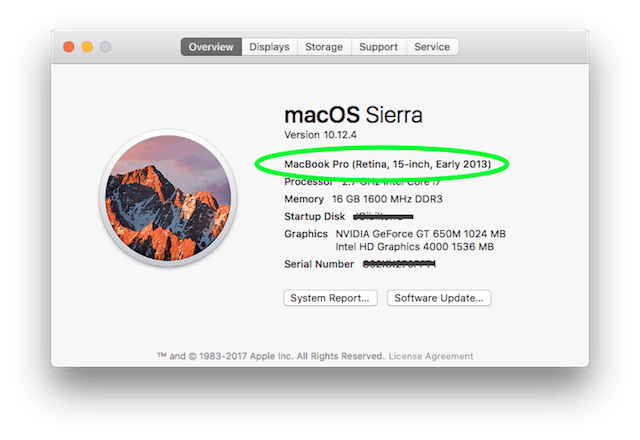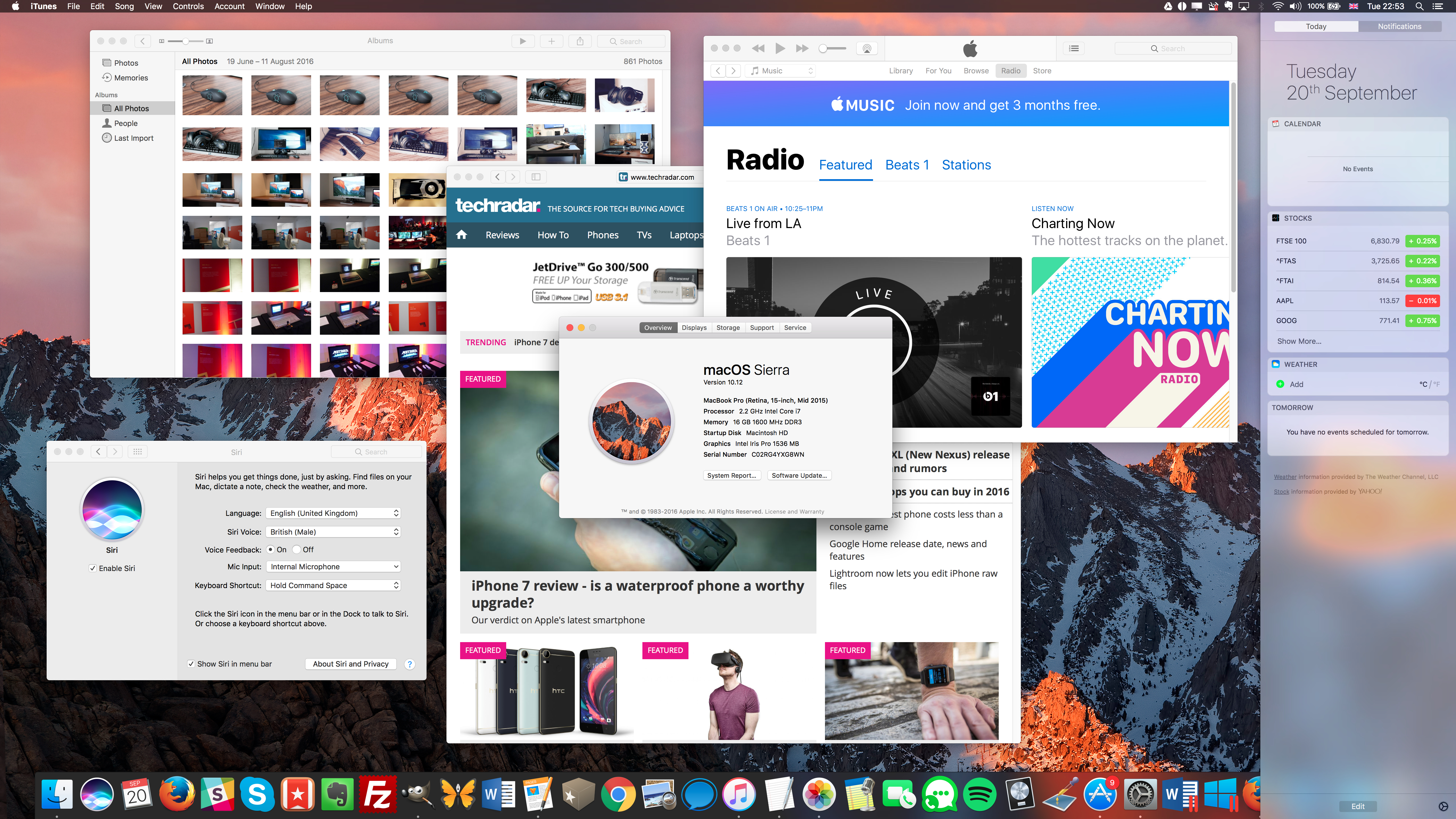

- #Macos high sierra compatibility mac os
- #Macos high sierra compatibility update
- #Macos high sierra compatibility upgrade
- #Macos high sierra compatibility download
How do I take advantage of macOS High Sierra? High Sierra is available for download through the Mac App Store. When is macOS High Sierra available? The first macOS High Sierra public beta came out in June 2017, but the public release of High Sierra was made generally available on September 25, 2017. Who does macOS High Sierra affect? The launch of macOS High Sierra affects Mac users and admins who have a compatible system and are planning on upgrading to the OS, or non-Mac users who are planning to purchase an Apple computer in the future. Why does macOS High Sierra matter? As a version of macOS, High Sierra will define the user experience for Apple computer users across laptops and desktops in terms of featureset and UI. 
It builds on its predecessor, macOS Sierra, and includes updates to Safari, Mail, Photos, its file system, and more.
What is macOS High Sierra? macOS High Sierra is version 10.13 of Apple’s desktop operating system (OS) series, macOS. SEE: All of TechRepublic’s cheat sheets and smart person’s guides Executive summary This is a “living” article that will be updated and refreshed as new, relevant information becomes public. To help tech leaders and IT pros better understand macOS High Sierra, we’ve put together the most important details and resources in this cheat sheet. While the updates may seem simple, they help set the stage for Apple’s approach to computing in the future. For a more detailed description of TRIM on macOS, please see the ArsTechnica article.With High Sierra, version 10.13 of Apple’s macOS operating system, the company added subtle updates to improve the privacy of web browsing in Safari, rolled out its new file system as standard, and introduced updates that would allow for the creation of virtual reality (VR) and augmented reality (AR) content. If you are using SSDs and wish to enable TRIM for non-Apple SSDs, you must instruct macOS that it is safe to use TRIM on your SSDs.įor macOS High Sierra 10.13, you can use the trimforce command in a Terminal window to enable TRIM on these SSDs. All SoftRAID volumes fully support TRIM on Apple and non-Apple SSDs. If you want to create a macOS High Sierra 10.13 startup volume using a SoftRAID volume, please follow the steps shown on this forum page. The macOS High Sierra Installer does not recognize SoftRAID volumes as valid startup volumes. Other relevant information about macOS High Sierra 10.13 and SoftRAID 5.6.7 Failure to do so may result in kernel panics. #Macos high sierra compatibility upgrade
If you plan on using High Sierra, it is best to upgrade to the current version of SoftRAID (and crucial that you do NOT try to use any version of SoftRAID prior to 5.6.3) using the steps outlined above. SoftRAID versions prior to 5.6.3 are not compatible with macOS High Sierra 10.13.

If you are interested in finding out more about SoftRAID 6.0 beta please contact versions before 5.6.3 not compatible with macOS High Sierra 10.13 At the same time you’ll still get all SoftRAID’s great existing functionality, whether you’re working with APFS or HFS formatted disks. You’ll be able to create and manage APFS volumes and SoftRAID 6.0 will also offer extra functionality to allow you to further manipulate APFS volumes. SoftRAID 6.0 will be fully compatible with APFS disks and volumes. Reconnect your disks formatted with SoftRAID.
#Macos high sierra compatibility update
Run the new, latest, version of SoftRAID you’ve just downloaded and let the application update the SoftRAID driver. Launch the SoftRAID application and select Check for Updates under the SoftRAID menu. #Macos high sierra compatibility mac os
Download and run the High Sierra Installer to upgrade Mac OS. Disconnect ALL disks which are formatted with SoftRAID. 
IMPORTANT! If you’re a SoftRAID user, please follow these steps to upgrade to macOS High Sierra 10.13: However, SoftRAID’s certify, verify, and monitoring features will work with APFS formatted disks, and the current version of SoftRAID works exactly as before with non-APFS formatted disks-in some cases better, since this version includes several optimizations. Please note that the current version of SoftRAID does not support creating, modifying, or converting APFS volumes. The current version of SoftRAID has been extensively tested and is fully compatible with macOS High Sierra 10.13. The current version of SoftRAID is fully compatible with macOS High Sierra 10.13








 0 kommentar(er)
0 kommentar(er)
